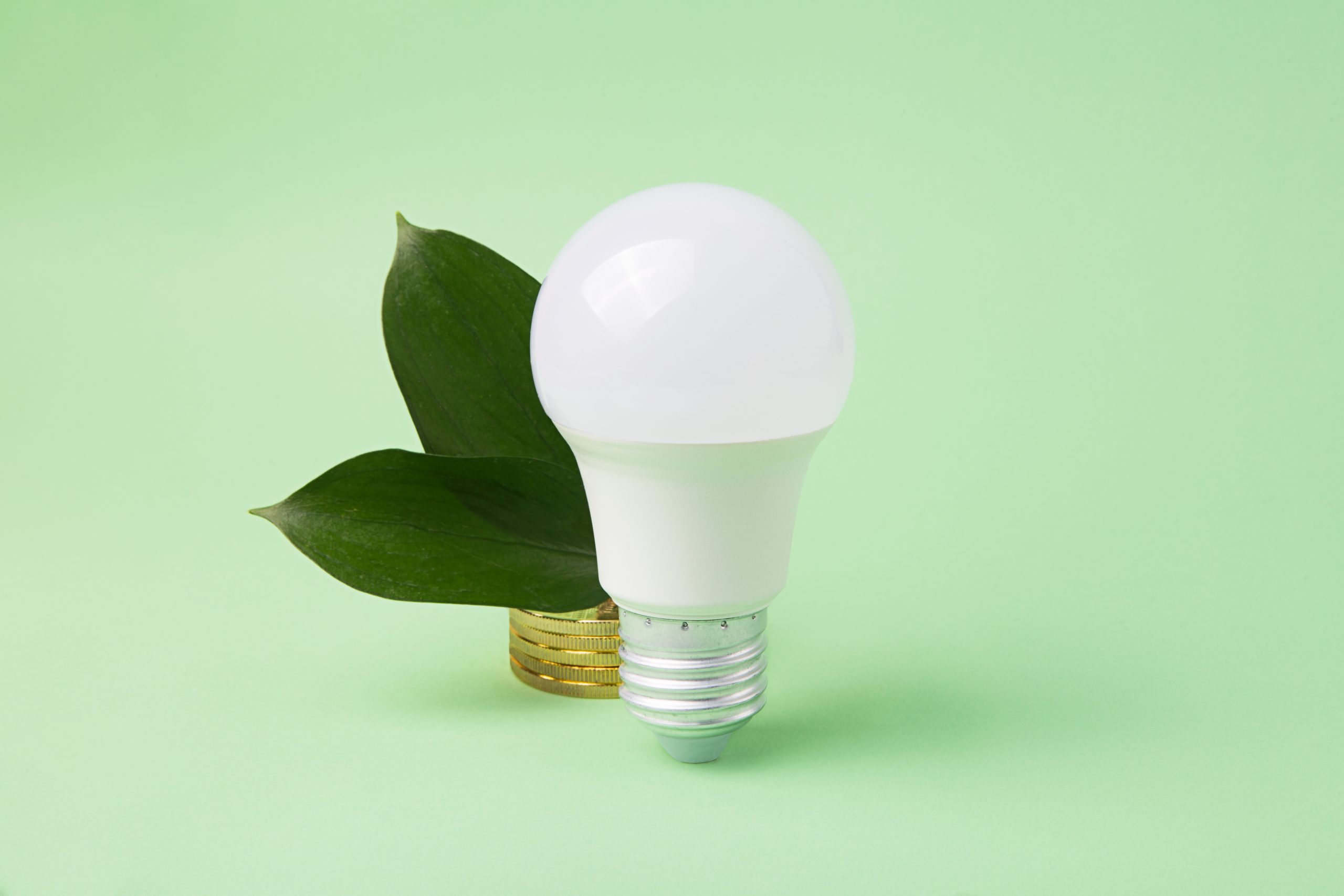As the world moves towards embracing sustainable practices and reducing energy consumption, implementing energy-efficient lighting solutions in our homes and businesses has become essential. Investing in eco-friendly lighting offers numerous advantages, including reduced energy consumption, lower electricity bills, and a smaller carbon footprint.
As local electricians based in Glenfield Park and Wagga Wagga, we are dedicated to empowering our clients with the knowledge and services needed to embrace energy-efficient lighting solutions and contribute positively to environmental conservation efforts. In this comprehensive guide, we aim to provide a thorough understanding of the benefits, options, and best practices to implement energy-efficient lighting in your residential or commercial property.
The Benefits of Energy-Efficient Lighting
By adopting energy-efficient lighting solutions, you can enjoy numerous benefits that go beyond mere energy savings:
- Lower Electricity Bills: Energy-efficient lights consume less power, directly translating into reduced energy costs.
- Longer Lifespan: Energy-saving bulbs typically last longer than traditional incandescent bulbs, reducing replacement costs and maintenance efforts.
- Reduced Carbon Footprint: Using energy-efficient lighting alternatives helps lower greenhouse gas emissions, supporting global environmental conservation efforts.
- Enhanced Comfort and Productivity: High-quality lighting improves visibility and contributes to overall well-being, particularly in workspaces where increased productivity can be observed.
Choosing the Right Energy-Efficient Lighting Solutions
The market is flooded with diverse energy-efficient lighting options. However, it’s crucial to select the most suitable solution for your specific requirements:
- LED (Light Emitting Diode) Bulbs: Known for their exceptional energy efficiency and durability, LED bulbs are the preferred choice for most residential and commercial applications. They emit minimal heat and are available in various colours, shapes, and wattages.
- CFL (Compact Fluorescent Light) Bulbs: Besides consuming less energy than incandescent bulbs, CFLs last much longer. They are an affordable choice for indoor and outdoor lighting applications but may contain small amounts of mercury, requiring proper disposal.
- Halogen Bulbs: Although not as energy-efficient as LEDs or CFLs, halogen bulbs are better than traditional incandescent bulbs. They produce a bright, warm light suitable for accent or task lighting and are easily dimmable.
Understanding Energy Ratings and Labels
To make informed decisions when purchasing energy-efficient light bulbs, familiarise yourself with energy labels and ratings:
- Energy Efficiency Rating: This rating, ranging from A (most efficient) to G (least efficient), quickly indicates the bulb’s energy-saving potential.
- Light Output (Lumens): Lumens measure a bulb’s brightness; the higher the number, the brighter the light.
- Colour Temperature (Kelvin): This rating indicates the warmth or coolness of the light source. A lower Kelvin rating (e.g., 2700K) represents a warm, yellow light, while a higher rating (e.g., 6500K) indicates a cool, blue light.
- Life Hours: The estimated lifespan of the bulb, expressed in hours of use.
Design Considerations for Energy-Efficient Lighting
A well-thought-out design plan can optimise your energy-efficient lighting setup:
- Space Utilisation: Assess how each room is used to determine the most appropriate lighting solutions for specific tasks or ambient requirements.
- Strategic Placement: Place light fixtures in areas where optimal light distribution is achieved, avoiding unnecessary shadows and glare.
- Layered Lighting: Incorporate a mix of ambient, task, and accent lighting for a balanced and functional lighting environment.
- Control Systems: Implement dimmers and smart systems to gain greater control over your lighting setup, allowing for adjustments based on time, occupancy, or desired ambience.
Residential vs. Commercial Energy-Efficient Lighting Solutions
While the fundamental principles for residential and commercial lighting environments are similar, each setting might require a unique approach:
- Residential: Focus on creating warm and inviting spaces with a combination of ambient, task, and accent lighting. Consider integrating smart controls for added convenience and automation.
- Commercial: Prioritise productivity and safety by providing adequate task lighting while ensuring that emergency and exit lighting complies with local regulations.
Conclusion
The transition to energy-efficient lighting solutions in your Glenfield Park or Wagga Wagga home or business can have lasting positive impacts on both your energy bills and environmental conservation. By understanding the available lighting options, energy ratings, and design considerations, you can reap the benefits of high-quality lighting while reducing overall energy consumption.
Remember, the successful implementation of energy-efficient lighting installation demands the expertise of our certified electrician at Riley Smith Electrical to ensure safety and efficiency. Don’t hesitate to reach out to us today for professional guidance in choosing the right eco-friendly lighting solutions for your space.

